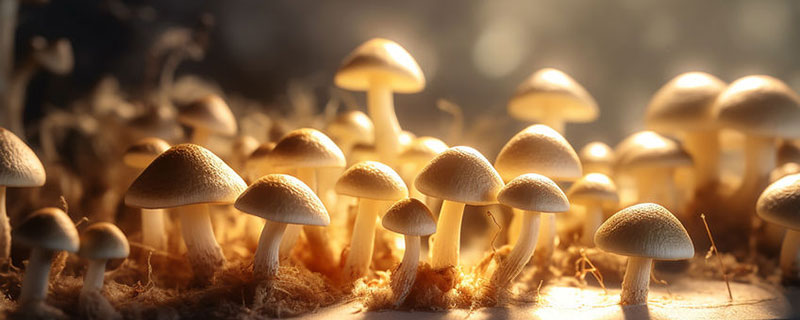RESEARCH: Self-Repairing Building Materials
A team of researchers has developed a living building material composed of fungal mycelium and bacterial cells capable of self-repairing and surviving for extended periods.
Unlike conventional construction materials, this bio-based composite remains viable for weeks, opening new possibilities for regenerative architecture.
The scientists behind the project, based at Montana State University in the USA, say the material is produced at low temperatures and relies on living cells, making it a potentially groundbreaking solution for reducing the environmental impact of the construction industry.
With cement alone responsible for nearly 8% of global CO₂ emissions, the team believes their innovation could help pave the way for more sustainable and adaptive building systems.
“Biomineralized materials do not have high enough strength to replace concrete in all applications, but we and others are working to improve their properties so they can see greater usage,” Chelsea Heveran, PhD, an assistant professor at Montana State University and corresponding author of the study, reveals.
What the study reveals
According to Heveran, while most similar biomaterials tend to have a very short lifespan and often remain viable for only a few days or, at best, a couple of weeks, the new material developed by her team has shown significantly greater durability, maintaining its functionality for at least a month.
“This is exciting, because we would like for the cells to be able to perform other functions,” Heveran says, emphasizing that this extended lifespan opens the door to more practical, real-world applications in construction and infrastructure, where longevity is crucial
The research, led by Ethan Viles, PhD student at the university, shows that when the bacteria remain active within the material for longer periods, they can carry out multiple beneficial functions.
These include repairing structural damage autonomously and breaking down environmental contaminants, making the material not only more resilient but also capable of contributing to cleaner, more sustainable construction environments.
Heveran highlights that while materials made from once-living organisms are entering the market, those with still-living cells remain tricky to develop due to their short lifespan and simple structure.
Exploring the breakthrough
To tackle the challenge, the team used fungal mycelium from the fungus species Neurospora crassa, commonly known as orange bread mold, as a scaffold for biomineralized materials, taking inspiration from previous uses of mycelium as a scaffold in packaging and insulation products.
After a series of experiments, the scientists were surprised to discover that the fungal mycelium could be used to create materials with a wide range of complex internal architectures – a versatility that demonstrated its potential not only as a structural base but as a tool for designing intricate forms that could meet the diverse demands of modern construction and material engineering.
“We learned that fungal scaffolds are quite useful for controlling the internal architecture of the material,” Heveran concludes in a press release. “We created internal geometries that looked like cortical bone, but moving forward, we could potentially construct other geometries too.”
The researchers hope their new biomaterials will serve as a greener alternative to traditional construction materials with high carbon emissions, such as cement. They now aim to enhance the material by extending the lifespan of the living cells and developing efficient methods for large-scale production.
Source: Interesting Engineering







Leave a Reply
Want to join the discussion?Feel free to contribute!